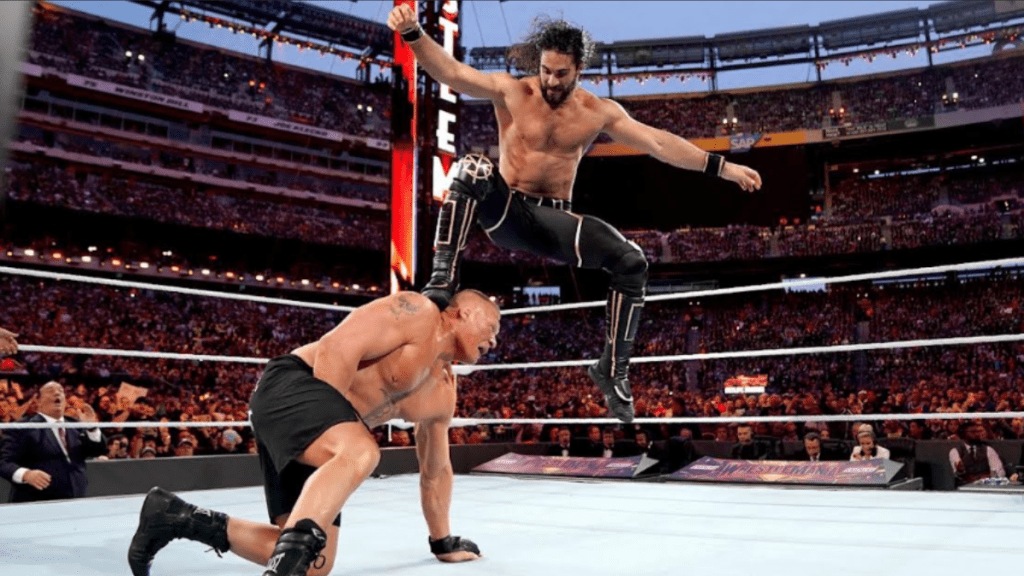When Netflix announced its $5-billion, 10-year deal to bring WWE to its platform, it signalled two things. First, it was a major shift from the stance taken by Netflix’s co-CEO Ted Sarandos, who has been openly dismissive of the viability of big sports rights. Second, it demonstrated the streamer’s confidence that it could upgrade Indian audiences — accustomed to free or ad-supported streaming — to premium-priced sports content.
From April, Netflix will stream WWE content with Hindi commentary in the country. The offering includes weekly episodes of RAW, SmackDown, NXT, and major events like WrestleMania and Royal Rumble.
WWE programming has been a tent pole property on Ten Sports in India since 2002 and moved to the Sony platform when SPNI acquired Ten Sports from Zee Entertainment in 2016 and rebranding it as Sony Ten.
It is no gainsaying Sony made WWE accessible in the country —whether on your television set or when streaming on SonyLIV.
So what does the acquisition mean for Netflix, which has about 12 million subscribers in India? Can WWE justify the move to OTT when only 547 million Indians use streaming platforms against its TV audience base in the country pegged at 900 million?
Digital-first gambit
WWE isn’t Netflix’s first go at sports. Last year, it streamed the Jake Paul vs Mike Tyson boxing match and two NFL games around Christmas.
But their following is not a patch on WWE’s, for which India is the largest market outside the US. So it’s easy to see why Netflix is looking at it as a big opportunity to crack India’s complex sports streaming market, which is dominated by JioStar and SonyLiv. WWE’s schedule — 52 weeks of programming with rotating stars and unfolding storylines — offers Netflix a year-round engagement opportunity. Unlike cricket or football, which follow seasonal patterns, WWE creates continuous content that advertisers and brands can leverage through sponsorships and in-stream promotions.
Indeed, for many OTT brands, sports streaming has proved the most impactful in garnering incremental viewership. The 2024 Indian Premier League (IPL) final clash between Chennai Super Kings and Gujarat Titans, for instance, had 32 million peak concurrent users on Viacom18’s JioCinema app. That said, localising the content will be key to moving the needle. Star wrestlers like Jinder Mahal and The Great Khali have already established Indian talent on the WWE stage. The success of Superstar Spectacle — WWE’s India-specific live event — proves that building local narratives and homegrown heroes can deepen fan loyalty.
“WWE’s growth will be dependent on how they can really tap into India itself and expand with India as a whole,” says Suhail Chandok, CEO of U Mumba. “More homegrown talent will drive engagement,” he adds, stating that Indian audiences need to see their own faces in the ring. “The Great Khali became a national icon. If WWE can build the next Indian superstar, fan engagement will explode,” he says.
Netflix’s pricing strategy could be its biggest hurdle though. At Rs 199 per month, Netflix’s standard plan is significantly more expensive than JioStar (Rs 499 per year) and even Sony LIV (Rs 1,499 per year). “Sports is a different ball game,” says Ambika Sharma, founder and chief strategist, Pulp Strategy. “Netflix will need to experiment with bundled pricing, ad-supported tiers, and pay-per-view options.”
Bundling WWE with telecom plans — a strategy successfully employed by Jio for IPL — could help Netflix penetrate India’s price-sensitive market. Netflix’s global shift toward ad-supported models may also be part of the plan. Inserting brand-sponsored events during live events could help offset costs without alienating viewers.
Piracy remains a significant threat too, adds Yasin Hamidani, director of Media Care Brand Solutions. Strong anti-piracy enforcement and partnerships with ISPs will be critical. “Netflix will have to tighten its infrastructure and monitoring mechanisms,” he adds.
Live streaming at scale will not be a cakewalk. Netflix’s early attempts at live events — from Love Is Blind: Reunion to the Tyson vs. Paul fight — have been marred by glitches, buffering, and audio problems. A failed stream during WrestleMania could spark subscriber backlash.
If Netflix pulls this off, the upside is huge. WWE’s consistent content schedule and engaged fan base could establish the platform as a serious player in the sports streaming market. The platform has a large urban base, and WWE will help it cement its bond with the audience, says Karan Taurani, senior vice-president at Elara Securities.

